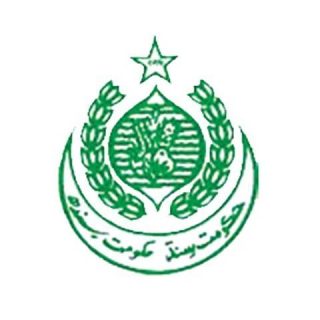
Severe tremors of the earthquake
Earthquake tremors have been felt in the federal capital, Islamabad and surrounding areas.
Earthquake tremors were also felt in the surrounding areas including Azad Kashmir, Murree, after the earthquake, people came out of their homes while uniforming Kalima Tayyabah, according to the earthquake center recorded 4.8.
No casualties have been reported yet due to the earthquake, all aid agencies are alert.
Why do earthquakes come?
According to experts, the ground layer is made of three large plates, the first layer is Eurasian, the second Indian and the third is arabian, the underground temperature accumulates, then the plates are shaken, the earth is shaken and this condition is called earthquake.
Earthquake waves invades all around in the form of a circle, earthquakes or volcano eruptions are high in areas that are located at the crossroads of these plates.
Experts say that once a major earthquake occurs, there may be a large earthquake again, two -thirds of Pakistan are on fault lines.
All the cities from Karachi to Islamabad, Quetta to Peshawar, Makran to Abbottabad and Gilgit to Chitral are under earthquake, of which the areas of Kashmir and Gilgit -Baltistan are the most sensitive. In terms of earthquake, Pakistan is the fifth most sensitive country in the world.
Pakistan is located on the northern border of the Indian plate, where it meets the Eurasian plate, the process of mourning the Eurasian plate and the Indian plate has been going on for millions of years.
All the fault lines passing through two -thirds of Pakistan’s area are active, where a low or medium earthquake lasts intermittently.
Kashmir and Gilgit -Baltistan are located on the last northern border of the Indian plate, so these areas are the most sensitive.
Big cities like Islamabad, Rawalpindi, Jhelum and Chakwal are included in Zone Three. Quetta, Chaman, Loralai and Mastung city are located on the west bank of the underground Indian plate, so it is also called a high risk zone or zone.
Some coastal areas of Sindh, including Karachi, are on a dangerous fault line zone. The coastal area is located on the junction of 3 plates, which poses a risk of earthquake and tsunami.
Experts say that not only on the upper Sindh and central Punjab area in Pakistan, these areas can be considered safe from earthquake threat.



